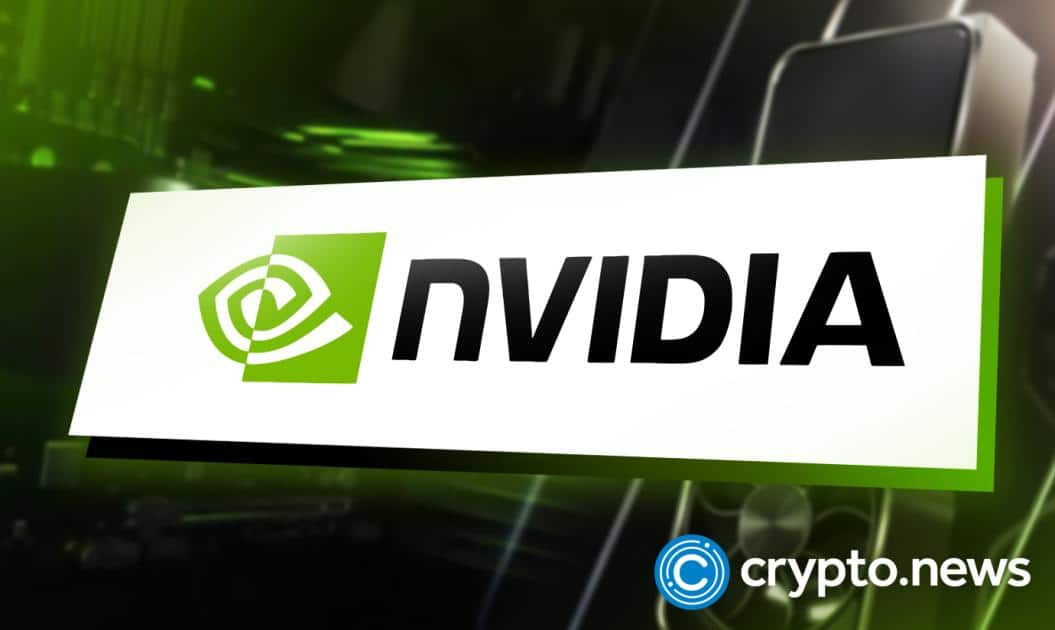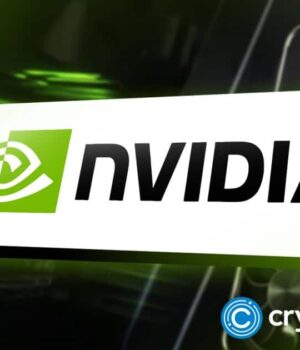
Experts at Nvidia claim that Small Language Models (SLMs) are key to the future of the artificial intelligence (AI) sector.
However, most investments are still being made into Large Language Models (LLMs). If this situation persists, the industry may slow down and subsequently dent the U.S. economy.
Summary
- Most AI investors are attracted to companies working on LLM-based products.
- SLM agents are cheaper and often more efficient for specific tasks than LLMs.
- Nvidia calls SLMs the future of AI and urges companies to work with smaller models.
SLMs vs. LLMs
SLMs are trained on up to 40 billion parameters, excelling at a narrow set of specified tasks while consuming significantly less resources. In other words, they’re cheaper.
LLMs are expensive. In April, OpenAI CEO Sam Altman famously said that his company’s flagship product, ChatGPT, costs OpenAI tens of millions of dollars when users say “please” and “thank you. It gives a clue to the costliness of LLMs. That’s where SLMs steal the show since they don’t require expensive data centers to complete tasks.
SLMs, for instance, can serve as client support chatbots and don’t need to learn much about a variety of topics.
According to a Nvidia research paper released in June, SLM agents are the future of AI, not LLM agents:
“…small language models (SLMs) are sufficiently powerful, inherently more suitable, and necessarily more economical for many invocations in agentic systems, and are therefore the future of agentic AI.”
LLMs also help to train SLMs so they don’t have to absorb all the data from scratch. They learn from large models efficiently and quickly, and become almost as good at solving specific tasks without having to spend many resources.
The tiniest language models are trained on one billion parameters and can operate on regular CPUs.
Companies don’t need virtual human beings with encyclopedic knowledge. Instead, they need tools that solve certain tasks quickly and precisely.
That’s why cheap SLM agents are much more lucrative investments than LLMs. Notably, GPT-5 uses several models, including small ones, depending on specific tasks.
What happens if an AI sector takes a setback?
Crypto and blockchain firms are increasingly leveraging LLMs to streamline operations and enhance decision-making. DeFi platforms like Zignaly use LLMs to summarize trades and manage social investment insights, while infrastructure firms such as Platonic and Network3 employ them to support developers and optimize on-chain workflows.
Trading firms are also combining LLMs with other AI tools for market intelligence and predictive analytics.
But the biggest projects are Google’s Gemini, OpenAI’s GPT, Anthropic’s Claude, and xAI’s Grok. Each one requires massive data centers (a lot of electricity) and a ton of capital.
The AI sector in the U.S. raised $109 billion in investments in 2024 alone. This year, American AI companies have already spent $400 billion on infrastructure. In August, it was reported that OpenAI is seeking to sell $500 billion worth of its stock. According to Morgan Stanley’s Andrew Sheets, AI companies may spend $3 trillion on data centers by 2029.
According to IDC Research, by 2030, each dollar spent on AI-based business solutions will bring $4.6 to the global economy.
Yet, a problem lingers. If there aren’t enough data centers being built, it may have a substantial impact on the economy and scare off big investors. Once investors reduce their allocations in AI companies, spending will decrease.
The slowdown of AI companies using LLMs may be caused by factors such as troubled electricity supplies, high interest rates, a trade war, and growing demand for SLMs, among other reasons.
What’s worse, some note that inflating the data centers creates a bubble, and it’s not as lovely as the dotcom era that helped to propel the Internet to new highs. The problem with data centers is that they use chips that will eventually become obsolete.
It will take only a few years. Thus, while these chips are costly, they won’t be reused for other purposes.
How to avoid collapse
To avoid the collapse, Nvidia researchers recommend that AI companies opt for using SLMs and boost the specialization of SLM agents.
Such an approach will help to save resources and increase efficiency and competitiveness.
Researchers suggest that creating modular agent systems will help to keep flexibility and use LLMs only for complex reasoning.








